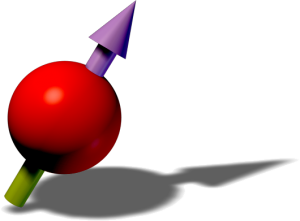In collaboration between the Er-Dy Lab and the Theory subgroup, and Dr. Giacomo Lamporesi at the BEC centre in Trento, our new pre-print reveals a fundamental difference in a supersolid’s response to rotation in absence or presence of a quantum vortex. This work builds on our previous investigation of vortices in supersolids, showing that the superfluid and solid natures synchronize to the external rotation only when there are vortices in the state. We verify this theoretical prediction in the experiment, revealing the route to vortex nucleation in supersolids.
See the pre-print here: https://arxiv.org/abs/2412.11976






